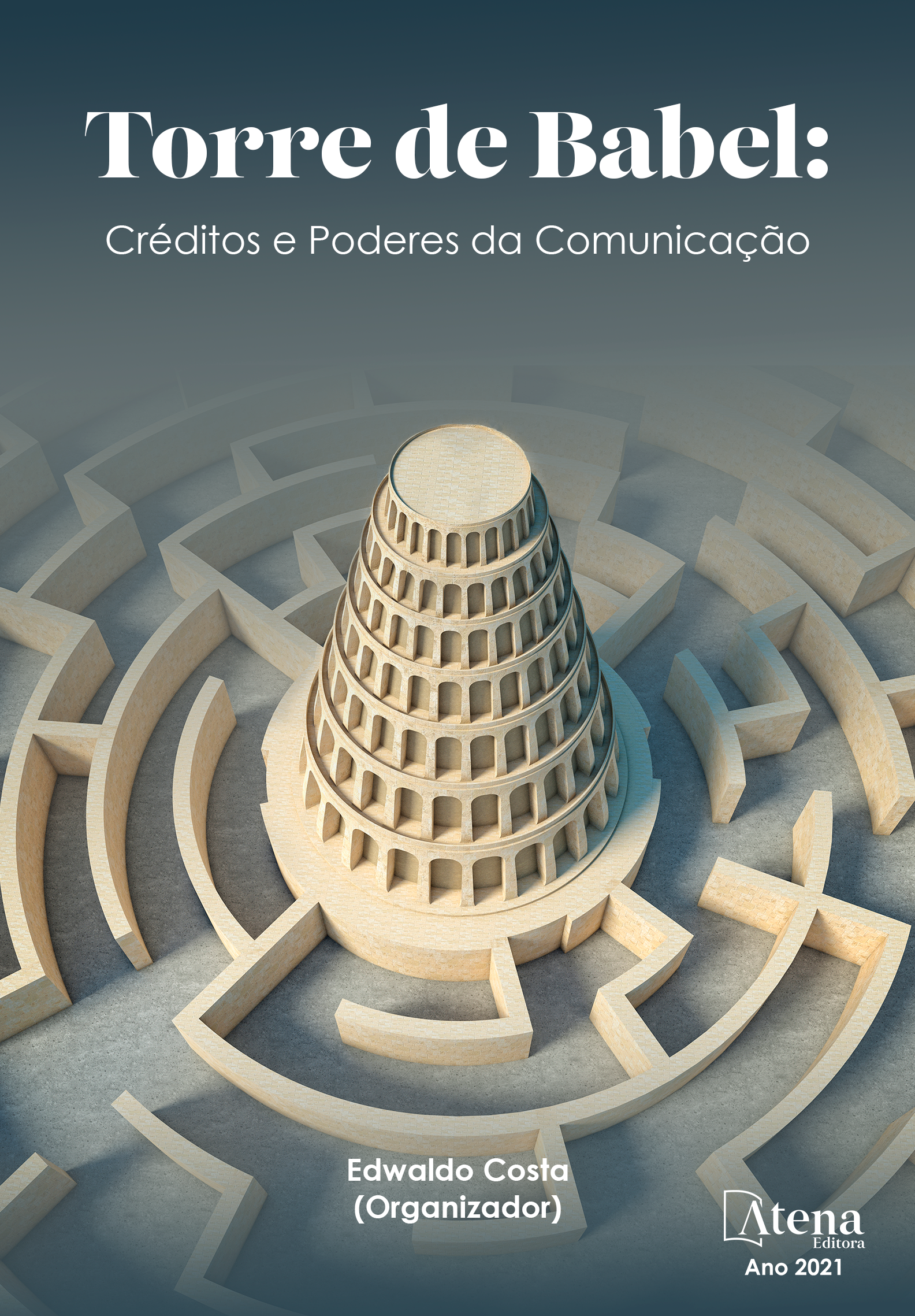
O que é e o que parece ser: imagens criadas por inteligência artificial como elementos atuantes na pós-verdade
Como legado da fotografia, imagens realistas têm o poder de despertar credibilidade e confiança em quem as vê. O caráter de evidência da realidade da fotografia pode fazer imagens criadas por inteligência artificial, mas que buscam reproduzir realisticamente padrões visuais típicos da linguagem fotográfica, serem lidas de forma enganosa. A semiótica é um instrumento de investigação útil na busca pela compreensão dos signos produzidos por novas tecnologias, bem como de seu papel potencial em um mundo tomado por notícias falsas e desinformação, que já se encontra em estado de pós-verdade. Essas imagens realistas, geradas integralmente por algoritmos, podem contribuir para que as linhas que delimitam a verdade percam a nitidez e seja cada vez mais difícil identificar o que é falso. Explorar os elementos que as caracterizam se torna fundamental para entender os movimentos em curso na comunicação contemporânea.
O que é e o que parece ser: imagens criadas por inteligência artificial como elementos atuantes na pós-verdade
-
DOI: 10.22533/at.ed.7002111035
-
Palavras-chave: Comunicação visual; semiótica de C. S. Peirce; inteligência artificial; desinformação e pós-verdade; fake news e deepfakes
-
Keywords: Visual communication; semiotics of C. S. Peirce; artificial intelligence; disinformation and post-truth; fake news and deepfakes
-
Abstract:
As a photography’s legacy, realistic images have the power to awaken credibility and trust in those who see them. Photography’s evidence of the reality trait can make images that are created by artificial intelligence, but which seek to realistically reproduce those visual patterns typical of the photographic language, be read in a misleading way. Semiotics is a useful research tool in the search for understanding signs produced by new technologies, as well as their potential role in a world taken over by fake news and disinformation, which is already in a post-truth state. These realistic images, generated entirely by algorithms, can contribute to the loss of sharpness of the lines that outline the truth and so it comes to be increasingly difficult to identify falseness. Exploring the elements that characterize them becomes fundamental to understand the ongoing movements in contemporary communication.
-
Número de páginas: 14
- Priscila Monteiro Borges
- Fernanda Carvalho Ferrarezi


